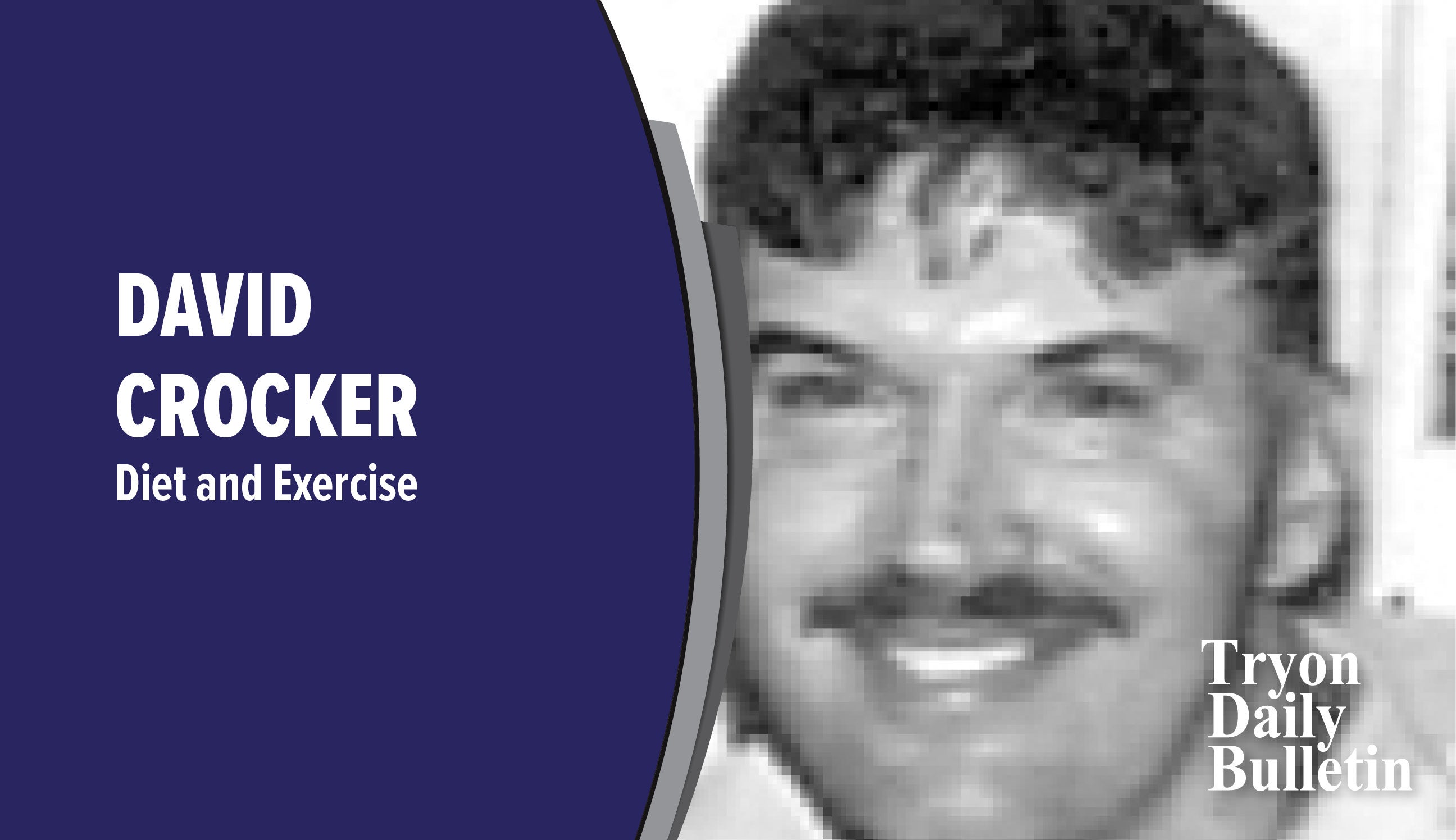Diet and Exercise – All about bee pollen
Published 12:41 pm Wednesday, February 23, 2022
|
Getting your Trinity Audio player ready...
|
This “unsung hero of nutrition” might not be thought of as food by some folks, but it is truly super. Today, we’ll be talking about bee pollen. There are actually two types of pollen.
“Anemophile ” pollen causes allergic reactions, like itchy, watery eyes, runny or stuffy nose, sneezing and sinus congestion. Sources include grasses, cereal crops, ragweed, trees and about 12% of the world’s flowering plants. This kind of pollen is dispersed in the air, from plant to plant. “Entomophile ” pollen is especially, but not only, of flowering plants. It is distributed by flying insects like butterflies, beetles, flies and honey bees (after dark, moths and bats become important pollinators). This type of pollen makes possible the production of 80% of the world’s grains, fruits, vegetables, and legumes.
When entomophile pollen is collected for human consumption, pollen traps are attached to honey bee hives (by the way, did you know that bees are the only insect in the world that make food that humans can eat…honey). Pollen traps have a series of ¼ inch openings that bees must crawl through to enter the hive. As these foragers squeeze through, pollen is harmlessly scraped from the bee’s legs and body, where it then falls into trays for removal by the apiarist (from the Latin “apis”, meaning bee), or beekeeper. The pollen is sifted, dried, frozen, then ready for sale. Though their pollen is not harvested for human consumption, yellow jackets and wasps, which normally eat other insects, do help pollinate plants. They also travel from flower to flower, harvesting nectar. Bumblebees pollinate because they feed exclusively on pollen and nectar.
Bees dine on some of the pollen they collect, because they need incredible amounts of energy to fly, on average, 15 miles per hour. They visit as many as 50-100 flowers in one collection flight, and harvest nectar from, on average, 1200 flowers per day. In order to produce just one pound of honey, 2 million flowers must be visited. Bees eat pollen in the form of “bee bread,” which is a mixture of pollen, honey or nectar, and bee saliva This is the main source of food for honey worker bees, and larvae (baby bees). Worker bees are female bees, but incapable of reproduction. They do all the work in the hive, which includes housekeeping, feeding the queen, drones, and larvae, collecting pollen, nectar, and making wax. Drones are male bees. They do not have stingers. Their only job is to mate with an unfertilized queen. A queen bee is usually the mother of most, if not all of the bees in a colony.
Bee pollen isn’t just nutritious for bees, it’s a super food for humans (also dogs, cats and even horses) as well. In fact, I tell folks that if I had to recommend just one supplement, I’d choose bee pollen. Actually, bee pollen is the only food known that contains every element found in the human body. You could literally consume just bee pollen and water, for years, with no nutritional deficiencies.
I get most of my bee pollen from Nature’s Storehouse in Tryon. They carry bee pollen from a company called Y.S. Organics. Y. S. Organics is one of only three companies nationwide to carry strictly organic bee pollen. This is the last week to sign up for a free nutritional and fitness consultation with me. Just go to my email. Thanks to all those who’ve signed up.
David Crocker is a nutritionist and master personal trainer. Questions? Email David at dwcrocker77@gmail.com.


